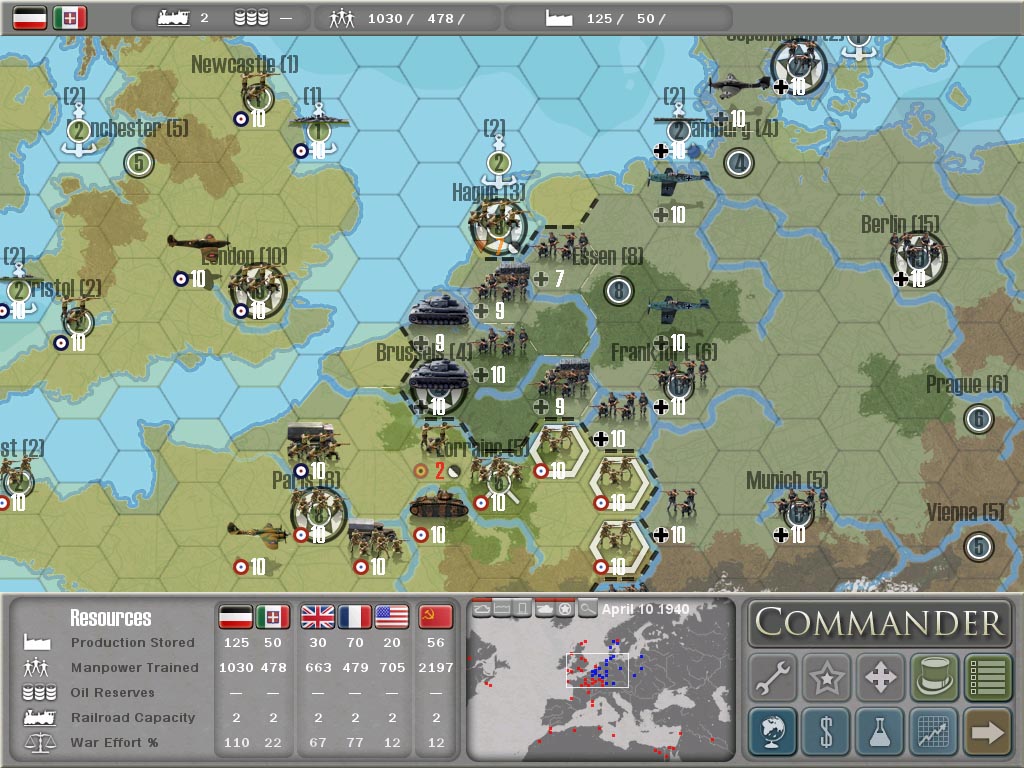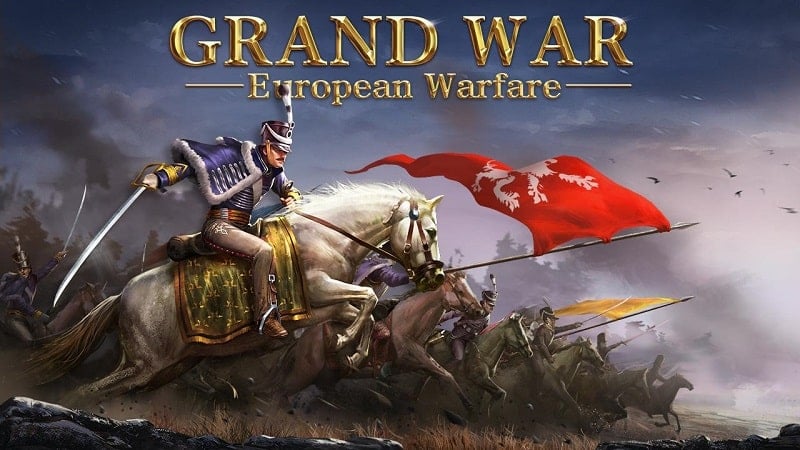


They justified their power by the theory of the divine right of kings. Emperors had been heavily relying on bishops for their secular administration, as they were not hereditary or quasi-hereditary nobility with family interests. Since a substantial amount of wealth and land was usually associated with the office of a bishop or abbot, the sale of church offices-a practice known as " simony"-was an important source of income for leaders among the nobility, who themselves owned the land and by charity allowed the building of churches. This was particularly true where the family may have established a proprietary church or abbey on their estate. Given that most members of the European nobility practiced primogeniture, and willed their titles of nobility to the eldest surviving male heir, surplus male siblings often sought careers in the upper levels of the church hierarchy. Many bishops and abbots were themselves part of the ruling nobility. The earlier resolution to that conflict, the Concordat of London, was very similar to the Concordat of Worms.Īfter the decline of the Western Roman Empire, investiture was performed by members of the ruling nobility (and was known as lay investure) despite theoretically being a task of the church. In the meantime, there was also a brief but significant investiture struggle between Pope Paschal II and King Henry I of England from 1103 to 1107. Holy Roman Emperors renounced the right to choose the pope. In Germany (but not Italy and Burgundy), the Emperor also retained the right to preside over elections of abbots and bishops by church authorities, and to arbitrate disputes. It affirmed the right of the church to invest bishops with sacred authority, symbolized by a ring and staff. The agreement required bishops to swear an oath of fealty to the secular monarch, who held authority "by the lance" but left selection to the church. The conflict ended in 1122, when Pope Callixtus II and Emperor Henry V agreed on the Concordat of Worms. It began as a power struggle between Pope Gregory VII and Henry IV (then King, later Holy Roman Emperor) in 1076. A series of popes in the 11th and 12th centuries undercut the power of the Holy Roman Emperor and other European monarchies, and the controversy led to nearly 50 years of conflict.

The Investiture Controversy or Investiture Contest ( German: Investiturstreit, pronounced ( listen)) was a conflict between the Church and the state in medieval Europe over the ability to choose and install bishops ( investiture) and abbots of monasteries and the pope himself. Myers, Philip Van Ness (1905), a medieval king investing a bishop with the symbols of office


 0 kommentar(er)
0 kommentar(er)
